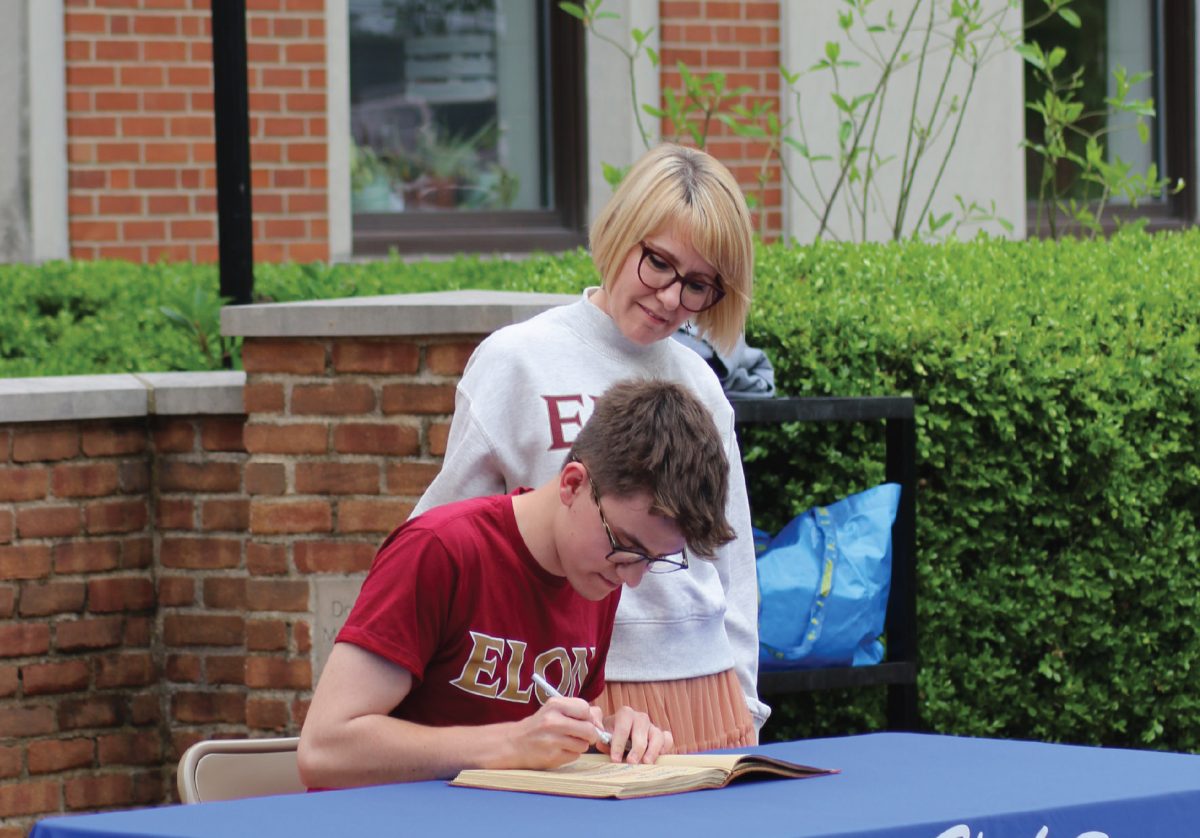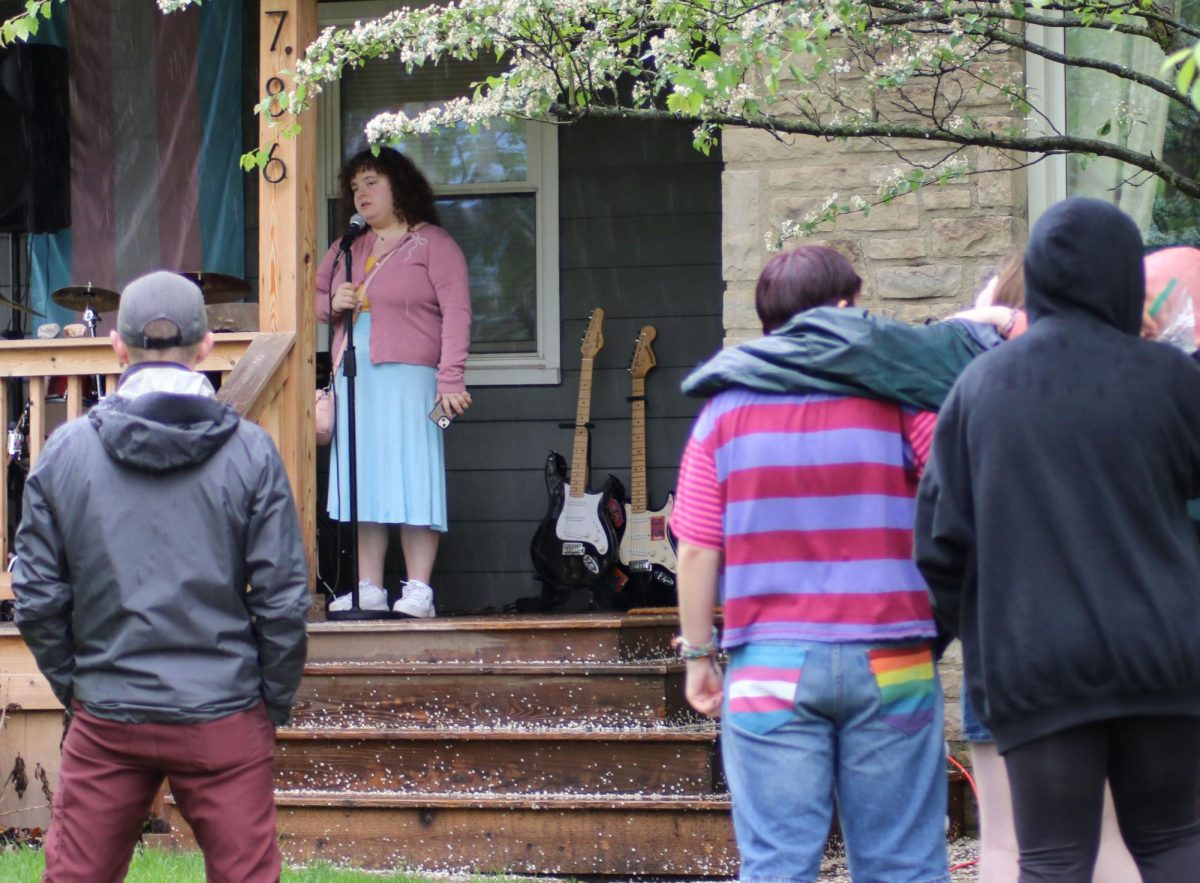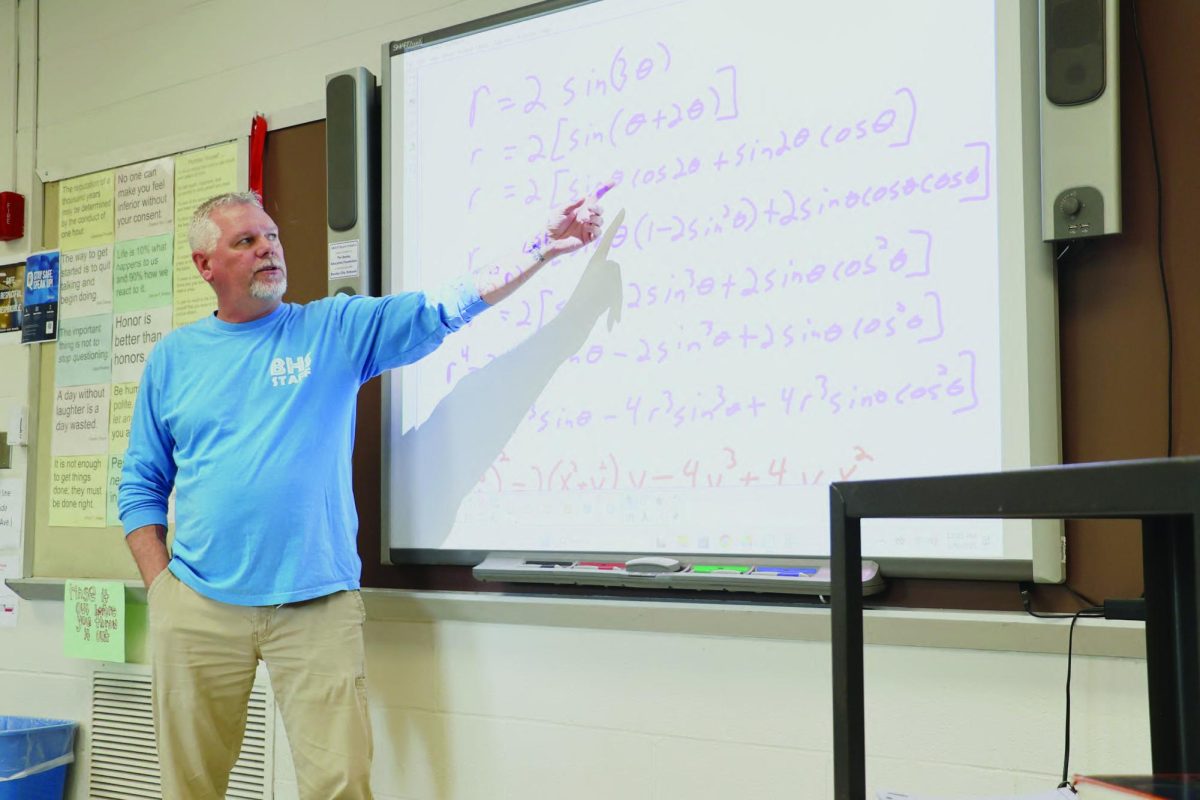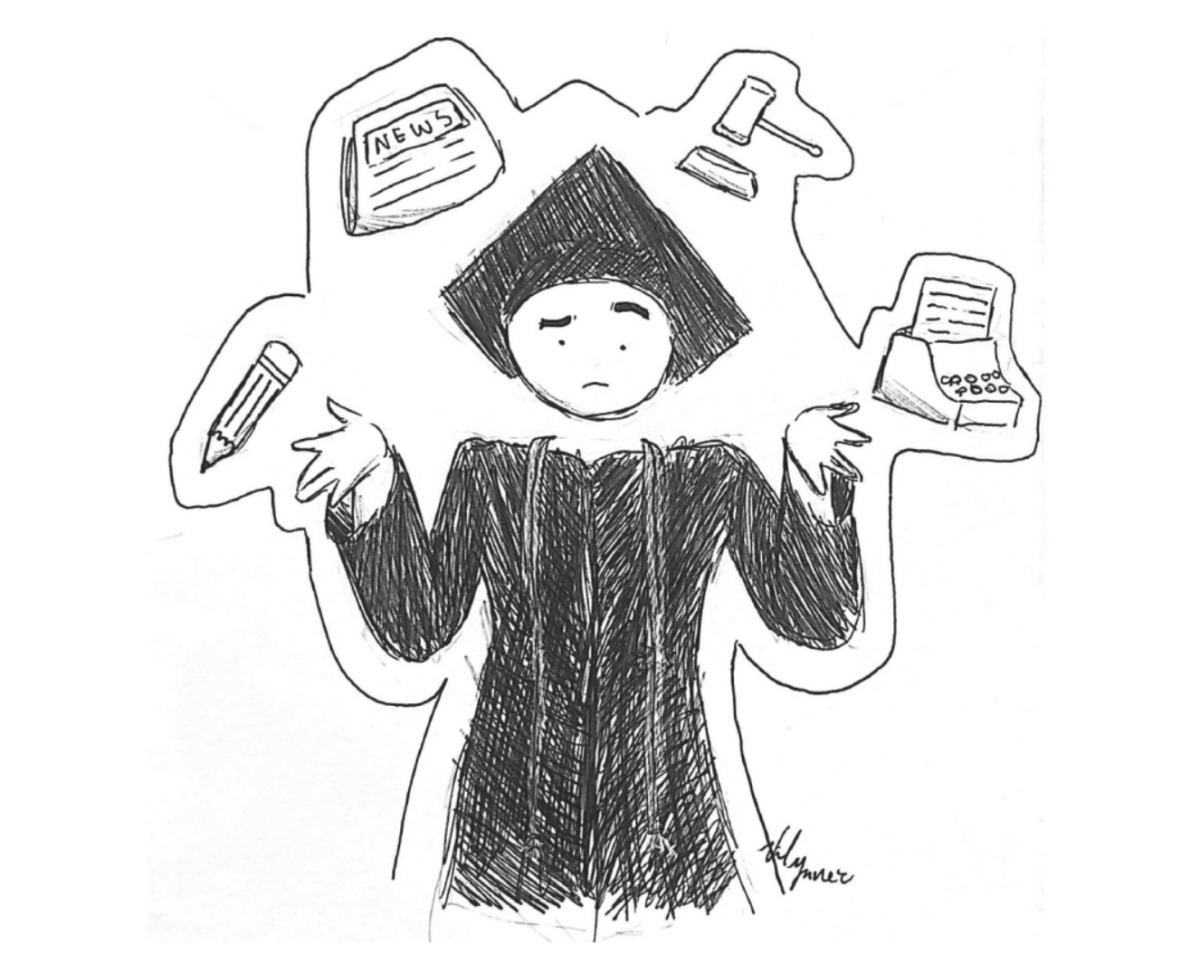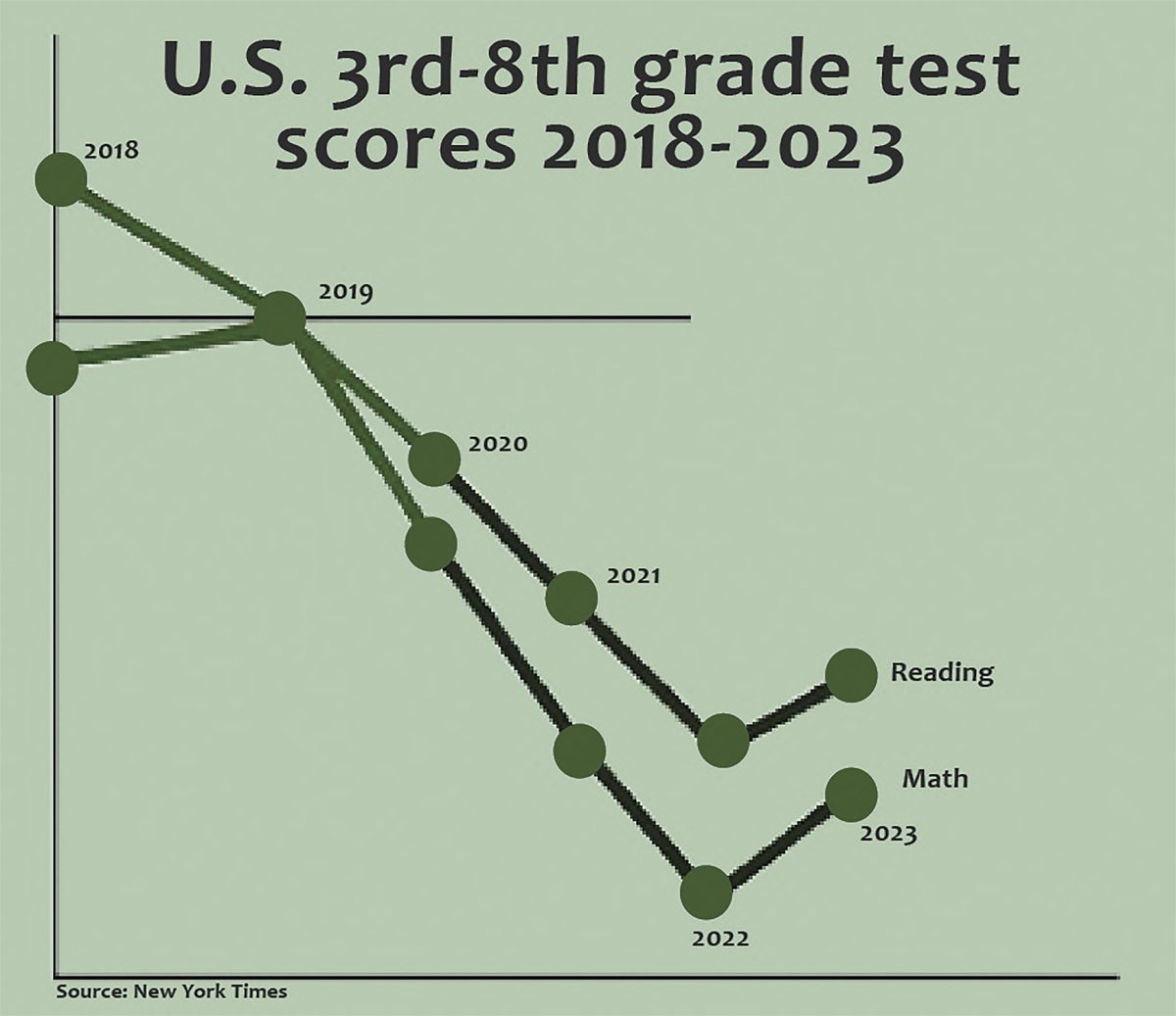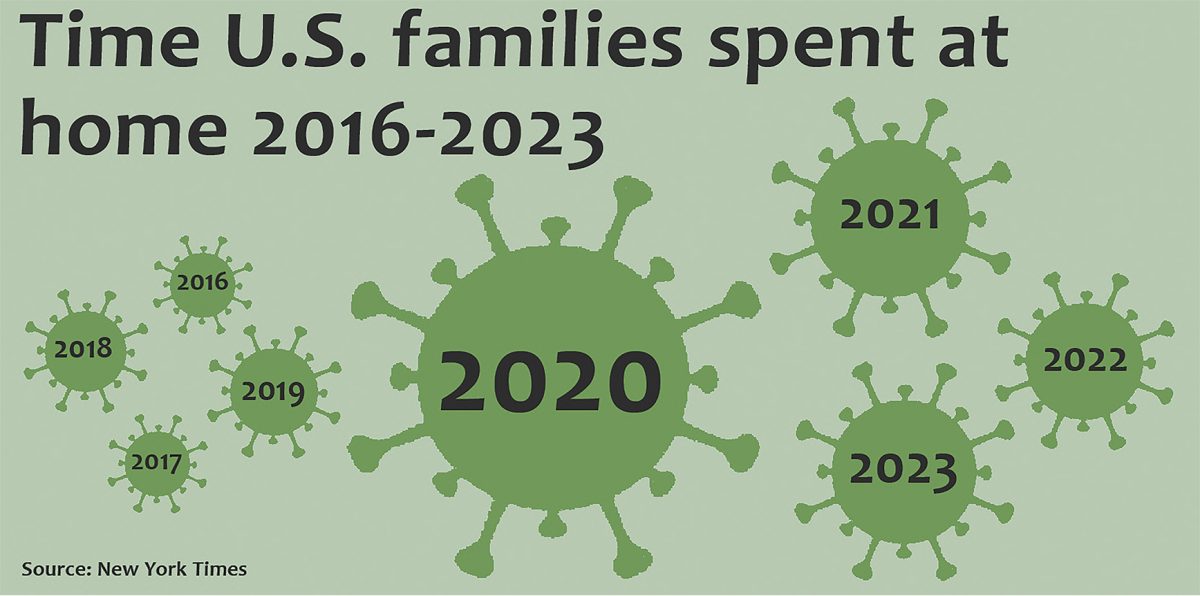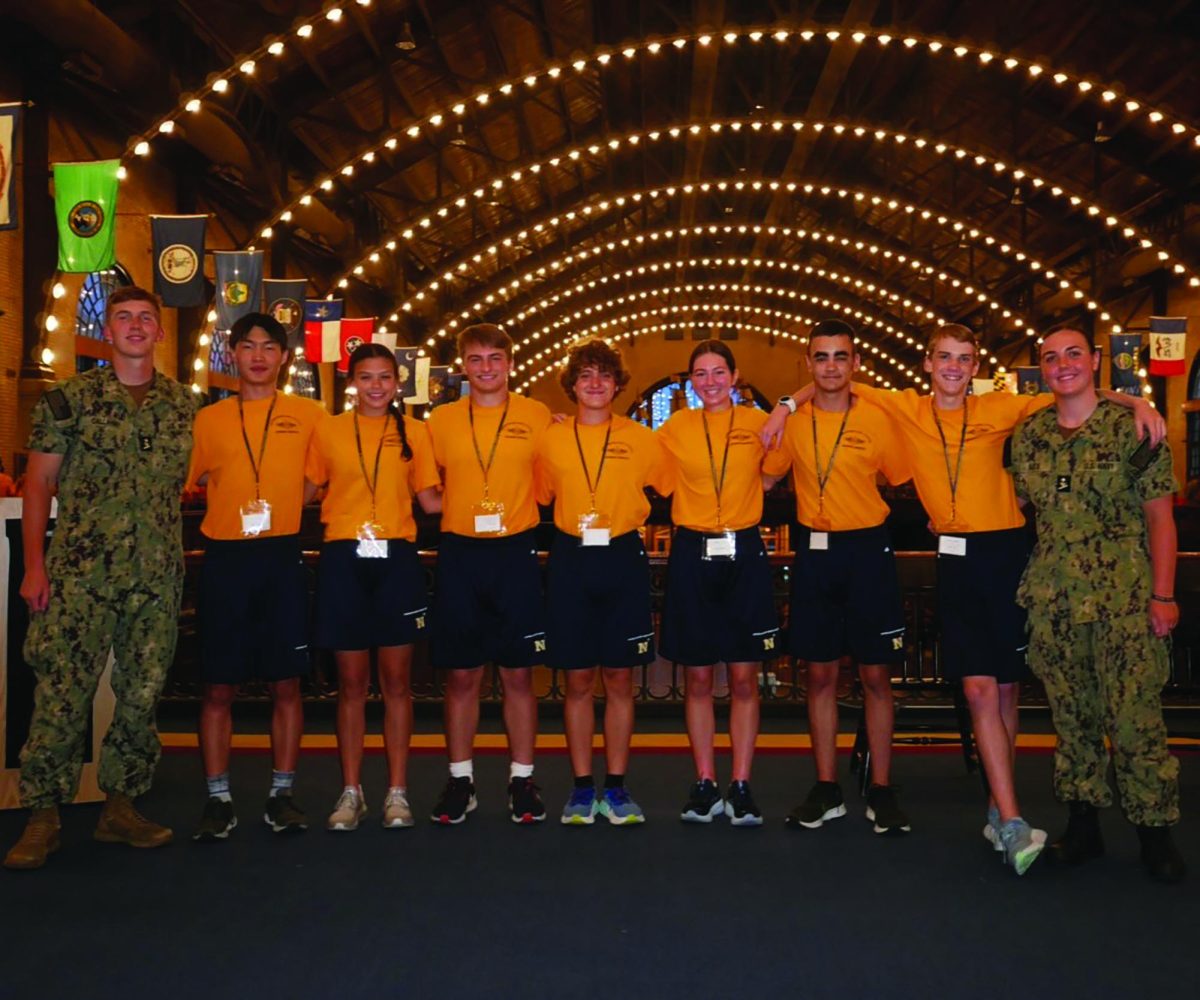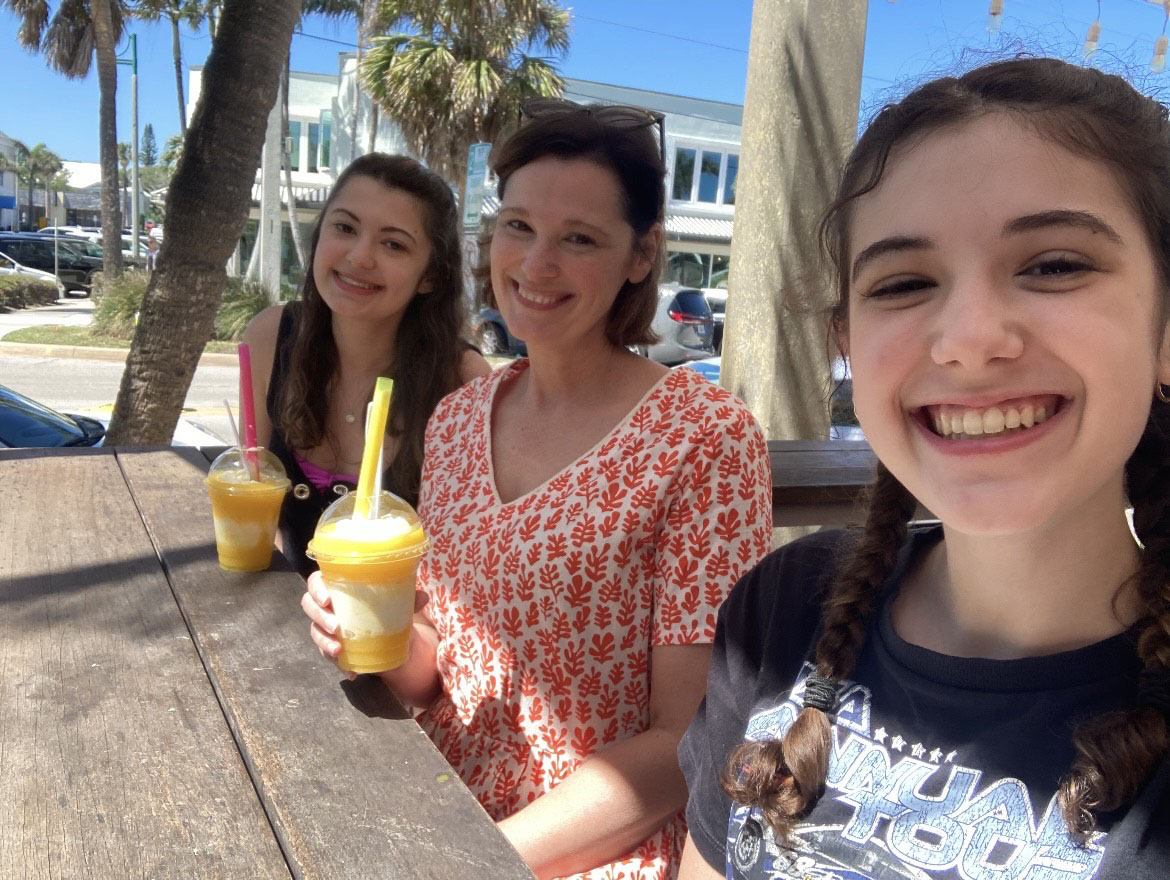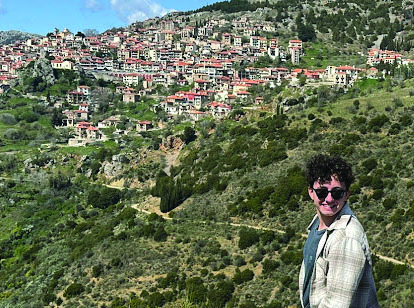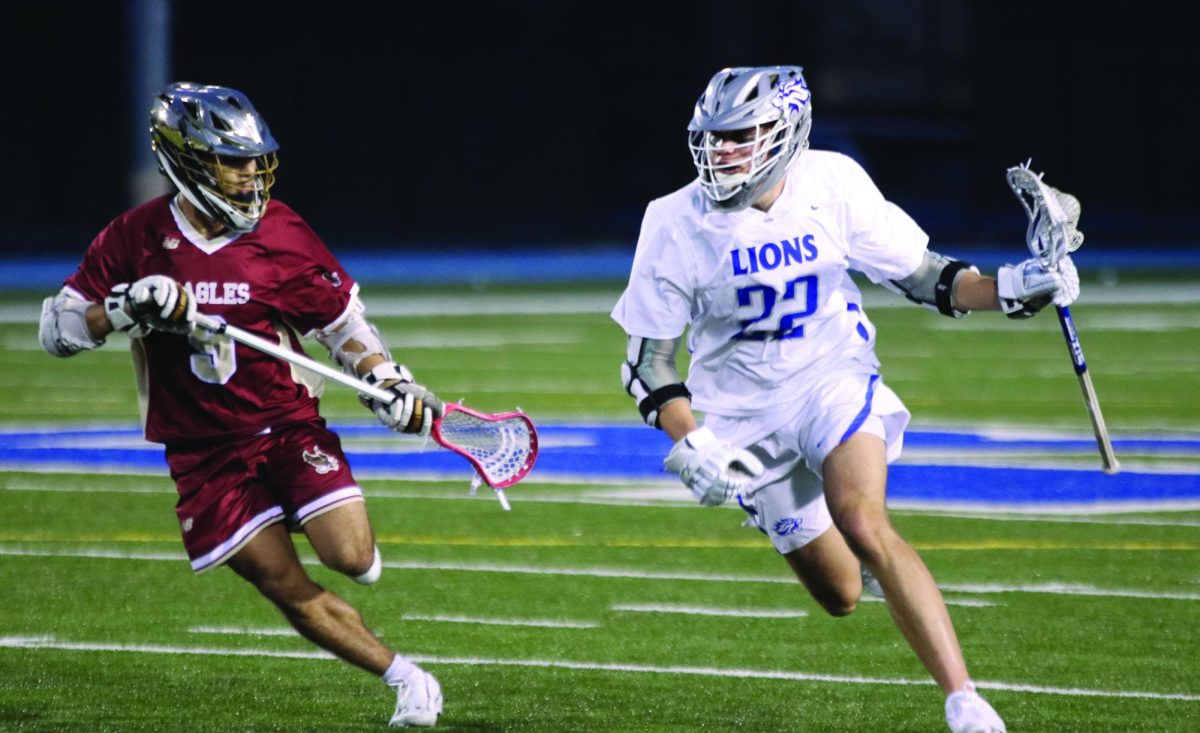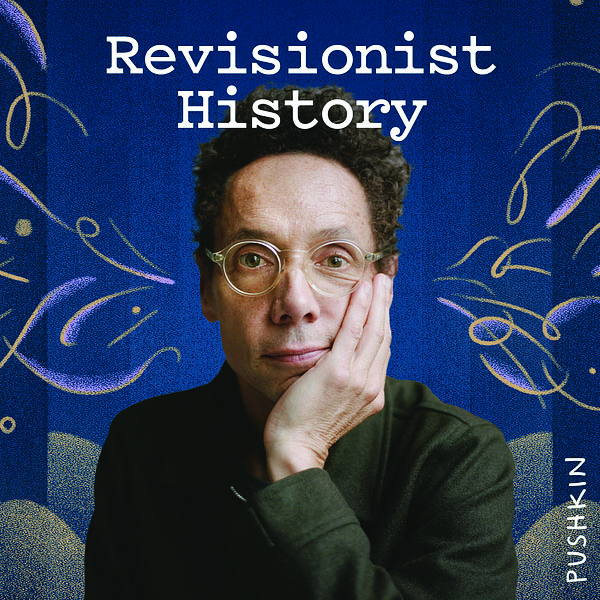The Panorama survey was administered Monday, March 4 to all middle and high school students with the hopes of improving the school environment to further benefit and allow students to grow.
Students in the middle school and high school are asked to take the Panorama survey every fall and spring, Principal of Secondary Schools Jason Caudill said. The survey is given to assess the school culture and students’ skills in order to be successful, he added.
Caudill explained the goal of the survey is to determine what can be changed to further benefit the students’ learning environment.
“It usually starts with more questions than answers, but it’s a starting point,” he said. “A lot of times we think what the follow-up actions are and areas we need to explore more and ask questions about.”
Caudill said the survey doesn’t help produce any significant change, but it contributes to more questions that will further improve.
“We have used the data to make changes at school over the years,” he said. “Usually the survey isn’t enough but we can use it to generate more questions that are more actionable.”
It’s also helpful to gauge the school’s improvement, Caudill said. This year in particular, the school has focused continuously on the environment of the school, which according to the survey, improved.
The school always scores low on the “grit” category, which measures students’ perseverance in the school environment, but Caudill said he sees students work hard and persevere continuously, so the results of the survey may be slightly inaccurate.
Caudill added they can look at the specific categories including gender, grade level and race for each question and notice if there are any differences. The students are identified according to their response, he said.
Caudill explained this doesn’t contribute in any way particularly, but it’s just how responses are recorded in the survey.
“The data is much more powerful in looking at how the student body views our school,” he said. “We are unlikely to make changes to something at school based on one student’s feedback.”
Junior Sophia Spiess said she believes the Panorama survey is neither beneficial nor helpful because it may not be a true representation of students’ feelings.
“I don’t think the survey benefits students because students may not feel entirely comfortable being honest,” she explained.
Spiess said she believes the survey could be further improved by making it anonymous and taking it in a less open, more private setting.
Social studies teacher Anna Scottenstein said she also believes the survey doesn’t benefit students.
“I think that students either, one, don’t take it seriously, or two, the questions aren’t actually related to issues the students are concerned about, and so while we are getting data from the survey, the data isn’t necessarily used in a way directly helping students,” she explained.
She added surveys can be useful, but in this case the Panorama survey dismisses the students’ main concerns. She also believes the survey isn’t a fully accurate representation because of response bias.
“I think the questions are worded in a way that doesn’t even make sense to students,” she explained. “It’s hard to get an accurate picture when students are asked and they don’t know what the questions are truly asking or the intent of the survey.”
Schottenstein said students primarily don’t take the survey seriously because they don’t believe it will prompt any change.
“One way the survey could be improved is if students could partake in the questions they want to be asked, so the school is actually asking the students questions they understand and want to respond to,” she said.
